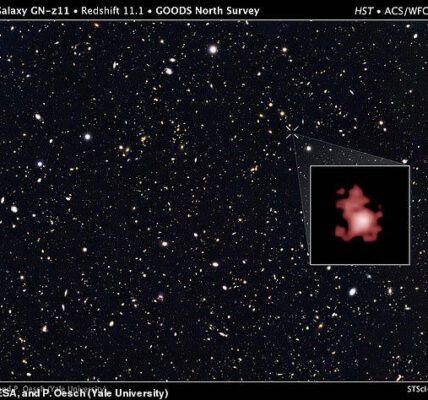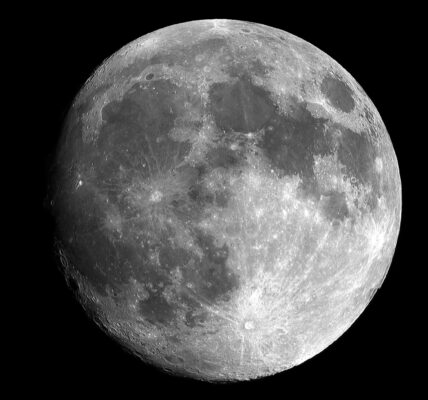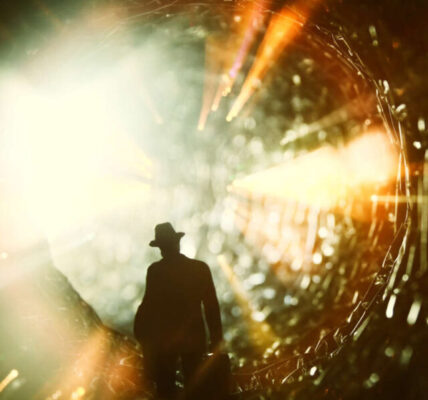Cosmic Glitch in Gravity
Explore the concept of a cosmic glitch in gravity, which suggests potential inconsistencies in Albert Einstein’s general theory of relativity. Discover how this phenomenon challenges our understanding of gravity on cosmic scales and the proposed adjustments to address these discrepancies.
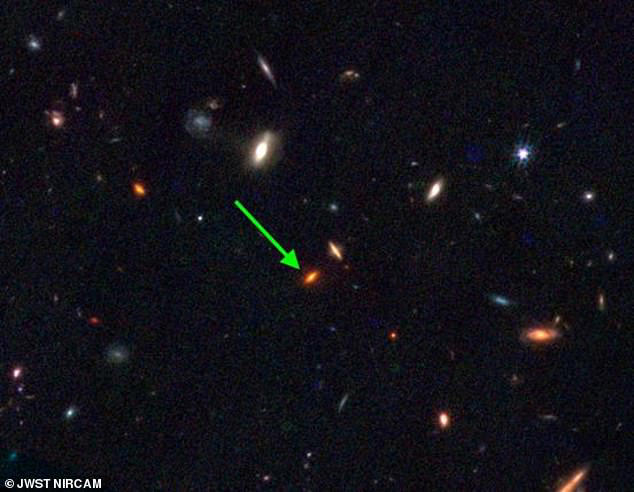
© Provided by Space
Understanding the Cosmic Glitch
Have you ever wondered about the mysterious forces shaping our universe? Well, let’s delve into one of the most intriguing concepts in astrophysics: the cosmic glitch in gravity. This phenomenon challenges the very foundation of Albert Einstein’s groundbreaking theory of relativity.
Unraveling General Relativity
First things first, let’s grasp the basics. Albert Einstein’s theory of general relativity revolutionized our understanding of gravity. Instead of viewing gravity as a mysterious force, Einstein proposed that it arises from the curvature of spacetime itself. Picture a trampoline stretched out flat: when you place a heavy object like a bowling ball on it, it creates a dip or curvature.
The Quest for Cosmic Consistency
While general relativity has stood the test of time and accurately predicted phenomena like black holes and gravitational waves, it encounters challenges on cosmic scales. Imagine trying to use a map that’s slightly inaccurate for long-distance travel; similarly, when we apply general relativity to the vast reaches of the cosmos, we encounter discrepancies. This is where the concept of the cosmic glitch comes into play.
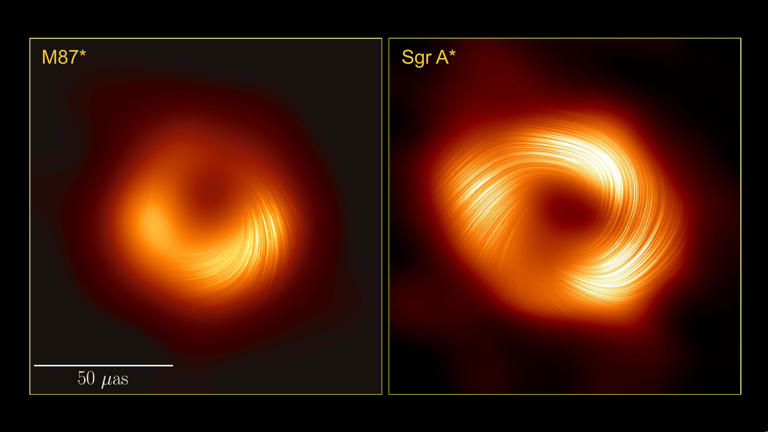
© Provided by Space
Peering into the Cosmic Void
As we peer deeper into the cosmos, we encounter galaxies, clusters of galaxies, and beyond. At these immense distances, gravity appears to behave differently than what general relativity predicts. It’s almost as if there’s a hiccup in the fabric of spacetime—a cosmic glitch.
Adjusting the Constants
To address this cosmic anomaly, scientists propose tweaking a fundamental value known as the gravitational constant. This adjustment becomes necessary as we approach the “superhorizon,” the maximum distance light could have traveled since the universe began. By incorporating this tweak into the standard cosmological model, known as the lambda cold dark matter model, we can reconcile the inconsistencies without invalidating the successes of general relativity.
Einstein’s Legacy and the Cosmic Puzzle
Albert Einstein’s theory of relativity has profoundly shaped our understanding of the cosmos. Yet, it’s not immune to scrutiny and refinement. Just as Einstein himself revised his theories in light of new evidence, today’s scientists continue to push the boundaries of knowledge. The proposal of a cosmic glitch in gravity represents another step forward in our quest to unravel the mysteries of the universe.

© Provided by Space
Revisiting Einstein’s Vision
It’s essential to remember that science is a dynamic process of discovery and refinement. Einstein’s theories have been instrumental in guiding our understanding of the cosmos, but they are not infallible. The proposal of a cosmic glitch in gravity doesn’t negate the achievements of general relativity; rather, it invites us to explore new frontiers and refine our theories accordingly.
The Road Ahead
As we gaze into the vast expanse of space, we’re reminded of the infinite mysteries that await us. The proposal of a cosmic glitch in gravity offers a tantalizing glimpse into the complexities of the universe. By continuing to observe and analyze cosmic phenomena, we inch closer to unlocking the secrets of gravity and the cosmos.
Conclusion
In conclusion, the concept of a cosmic glitch in gravity challenges our understanding of the universe’s most fundamental force. By exploring this phenomenon and proposing adjustments to existing theories, scientists are pushing the boundaries of knowledge and paving the way for future discoveries. As we journey deeper into the cosmos, let us embrace the mysteries that lie ahead and continue to unravel the tapestry of the universe.
ALSO READ:
“Purple Bacteria: 5 Astonishing Ways They Illuminate the Universe”
